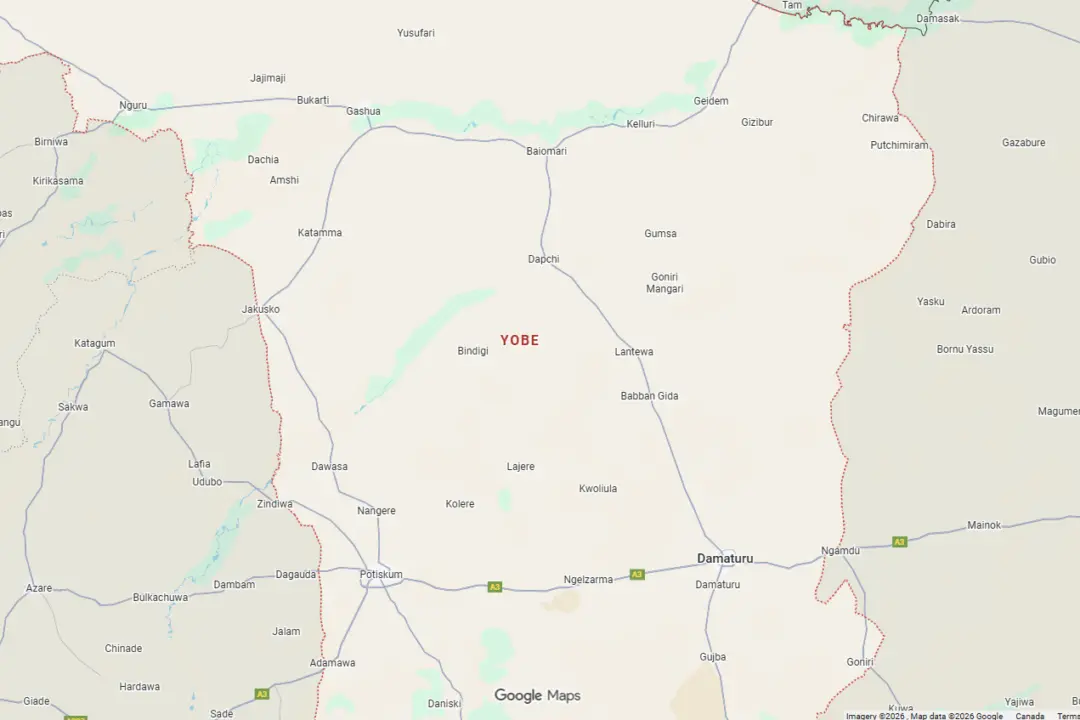JAKARTA, Indonesia—Ineffectual attacks by the Islamic State group’s followers in Southeast Asia have shown them to be fragmented and lacking in the expertise that has produced devastating death tolls elsewhere in the world.
But terrorism experts say the threat from the militants, spread across predominantly Muslim Indonesia, Malaysia and the southern Philippines, should not be underestimated and they could be transformed into a more dangerous force by training and leadership.
There are plenty of signs radicals in the region have been animated by IS leader Abu Bakar al Baghdadi’s call for attacks and the group’s ambition to create Southeast Asian provinces of the IS caliphate even as it loses territory in Syria and Iraq.
A grenade blast at a bar outside Kuala Lumpur, Malaysia, in June was acknowledged by police as the first IS attack in the country, where more than 150 people have been detained for involvement with the militant group since 2014. It injured eight people but caused no deaths. Subsequent arrests of people linked to the attack included two police officers.
A suicide bombing directed against police last week in the Indonesian city of Solo killed only the bomber, who police said was a friend of Bahrun Naim, one of the hundreds of Indonesians with IS in Syria and who has been linked to other plots in Indonesia. Both attacks occurred during the holy month of Ramadan but attracted little notice at a time when a wave of militant violence in several countries, including the U.S., Turkey and Bangladesh, killed about 350 people.






